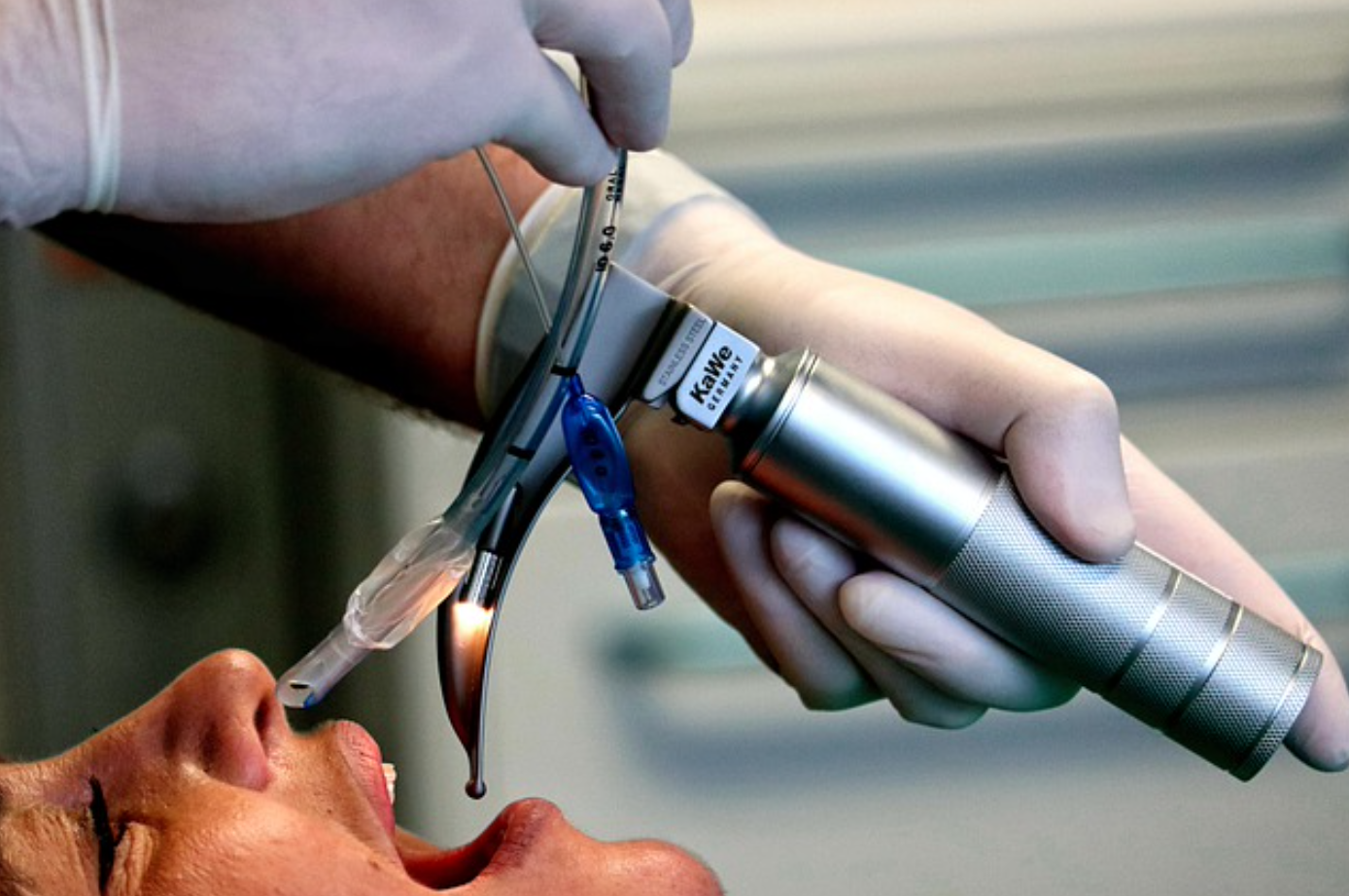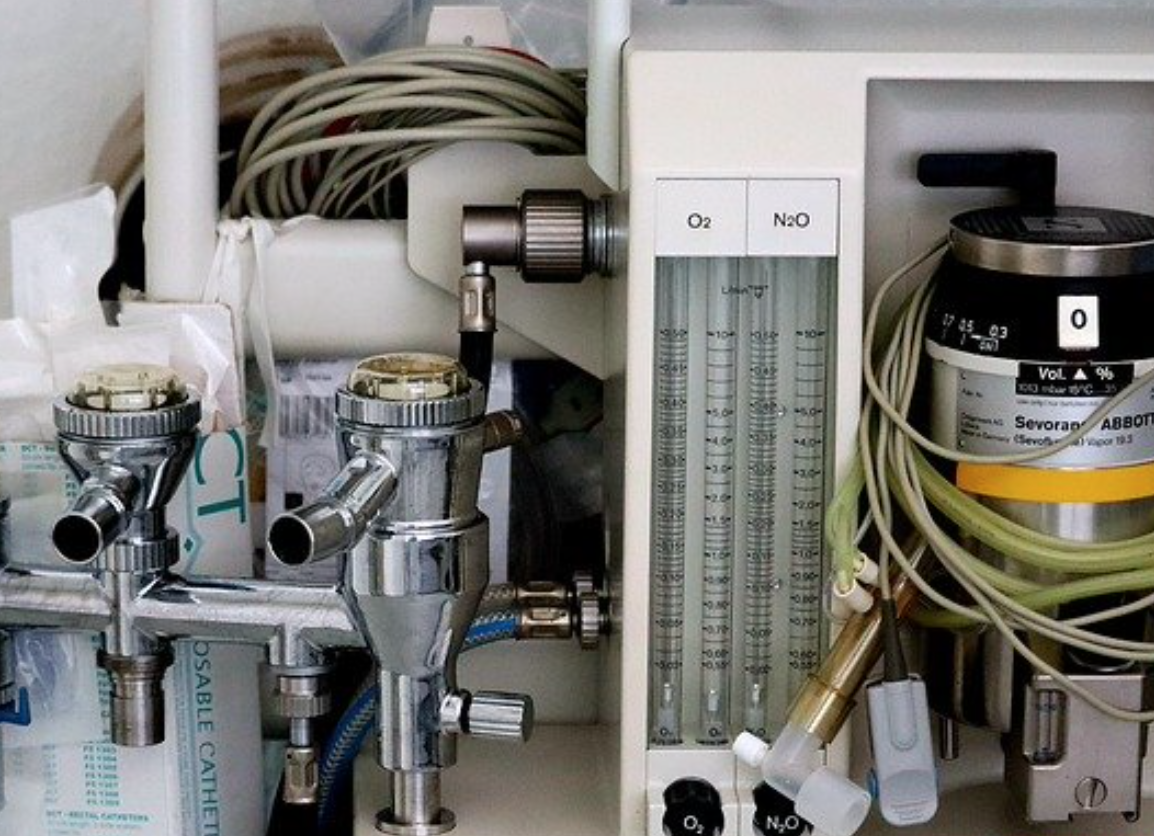Anesthesia errors are not only traumatic and cause physical harm, but they may also be fatal. Unfortunately, they most often occur due to negligence and carelessness.
Nearly everyone in their lifetime will receive anesthesia medication. Anesthesia medication is administered through local injection or via a mouth or nose mask to block sensation, particularly pain, by numbing or causing unconsciousness.
However, even with computerized and high-tech medical equipment, anesthesia errors still happen, and they are dangerous, even fatal.
Whether done by a dentist or during surgeries, anesthesia uses a combination of drugs, thus making it a potentially complicated medical procedure. That said, the nature of anesthetics means patients need careful monitoring to prevent errors.
Understanding anesthesia
Administered by an anesthesiologist, anesthesia leaves an individual in either a fully unconscious or semi-conscious state. It requires close monitoring of the patient’s functions and vital signs by a highly-trained anesthesiologist.
Types of anesthesia
General anesthesia involves different medications to make the patient wholly unconscious or in a deep sleep state before a medical procedure. Best for significant procedures like heart or joint surgery.
Local anesthesia: This anesthesia works well by numbing a particular part of the body either through applied topical medication or injection. It’s used mainly by dermatologists, dentists, or minor procedures like wound stitching.
Regional anesthesia: This is administration of anesthesia to some parts of the patient’s body (which requires surgery) but near the bunch of nerves or a nerve or spinal cord, like spinal and epidural anesthesia.
Though anesthesia is commonly used, it has its share of risks. The wrong kind of anesthesia, too little or too much, may result in injuries or even death.
So, what are the anesthesia errors?

Unfortunately, many patients suffer from the consequences of anesthesia errors. When we have anesthesia administered to us for a procedure, we trust that the medical professionals have the experience and proper knowledge to do so safely. However, malpractice occurs sometimes.
Anesthesia errors can occur during the surgical procedure and get quickly corrected, thus preventing negative consequences. Other times, disastrous and debilitating results can happen.
The common anesthesia mistakes include:
- Dosage error: Administering the wrong dosage (too much/too little) of anesthesia medication may affect the patient. An overdose may extend the patient’s sedation period, which can lead to coma or brain damage. In contrast, an insufficient dosage may lead to the patient waking up during the procedure causing agony and suffering.
- Failure to monitor: The anesthetist’s responsibility is to regulate and monitor the patient’s heart rate, oxygen, and consciousness level, among other responsibilities. That said, failure to carefully monitor the patient may put them at risk of brain injury and even death.
- Delayed anesthesia delivery: This error occurs due to IV errors, syringe swapping, and vaporizer leakage leading to surgery complications
- Failure to intubate: An anesthesiologist should intubate the patient to maintain proper airways, allowing them to breathe well during the surgery procedure. In case of intubation, error, and failure to keep the airways well functioning may lead to neurological problems, cardiovascular failure, teeth, trachea, larynx, lips trauma.
- Anesthesia awareness: Anesthesia awareness occurs when the patient receives insufficient anesthesia medication, making them aware of the surgery/other procedures. However, due to the paralytic drug still in them, they can’t communicate well, leading to suffering and feeling of excruciating pain during surgery. It’s estimated around 20,000-40,000 patients in America undergo anesthesia awareness.
- Defective medical devices or equipment
- Communication errors: Anesthetists should keep the attending surgeon(s) and other medical personnel present aware of the patient’s condition and vital signs regularly during surgery. Failure to provide them with accurate information promptly can cause the patient to suffer serious complications. Other communication errors include not giving proper instructions on what the patient should drink or eat before the surgical procedure.
- Leaving the patient unattended: Sometimes, hospitals can get hectic leading to distraction and leaving the patient unattended. Failure to carefully monitor the patient can lead to distress and complications.
- Intentionally or accidentally, turning off the pulse oximeter alarm, preventing proper measuring of the patient’s blood oxygen level.
- Failure of the medical team to recognize patient complications as they develop.
These anesthesia errors may leave the patient with severe complications like;
- Pneumonia
- Tooth/larynx damage
- Brain damage
- Blood clots
- Nerve damage
- Death
- Coma
- Spinal cord injuries
- Loss of bodily functions
- Cognitive disabilities
Proving anesthesia negligence
Anesthesia malpractice may happen due to different things, but it all boils down to medical negligence.
Generally, negligence means doing something wrong or not exercising a reasonable standard of care to the patient.
A medical malpractice lawsuit may be filed against the medical facility/hospital where the malpractice occurred and/or the anesthetist who performed the procedure.
However, numerous factors need consideration while pursuing an anesthesia malpractice claim. These include the complication rate, type of administered anesthesia, and the patient’s pre-surgical associated risk factors.
When is the hospital liable for anesthesia error?
The medical facility or hospital may become liable for the anesthesia error based on:
Vicarious liability: When the anesthetist is an employee of the hospital, the hospital becomes automatically liable for the medical negligence committed.
Negligent supervision and hiring: If the anesthetist was an independent contractor, the hospital might still be held responsible for hiring.
When is the anesthetist liable for anesthesia error?
The anesthetist may become liable if the patient’s lawyer can prove negligence due to failure to facilitate proper care or if they were an independent contractor. It means looking into pre-surgical factors surrounding the anesthesia administration, including the anesthetist’s and surgeon’s notes.
Damages for anesthesia errors
The legal compensation awarded to the patient varies according to the injury caused. But it mostly covers:
Future treatment cost: After an injury due to anesthesia, a person may undergo further surgical procedures and other associated costs like therapy and medication.
Loss of income– The damages should cover the estimated loss of income and other future associated losses. It may range from loss of promotion, inability to earn in your trained field, and loss of employment.
Suffering and pain: This includes suffering, physical, psychological and emotional pain. It may also include psychological trauma and emotional scarring that may require counseling and therapy sessions, especially if the error was due to anesthesia awareness.
Conclusion
Anesthesia errors are not only traumatic and cause physical harm, but they may also be fatal. Unfortunately, they most often occur due to negligence and carelessness. As such, it’s your legal right to file a medical malpractice lawsuit and to receive the appropriate compensation.


Join the conversation!